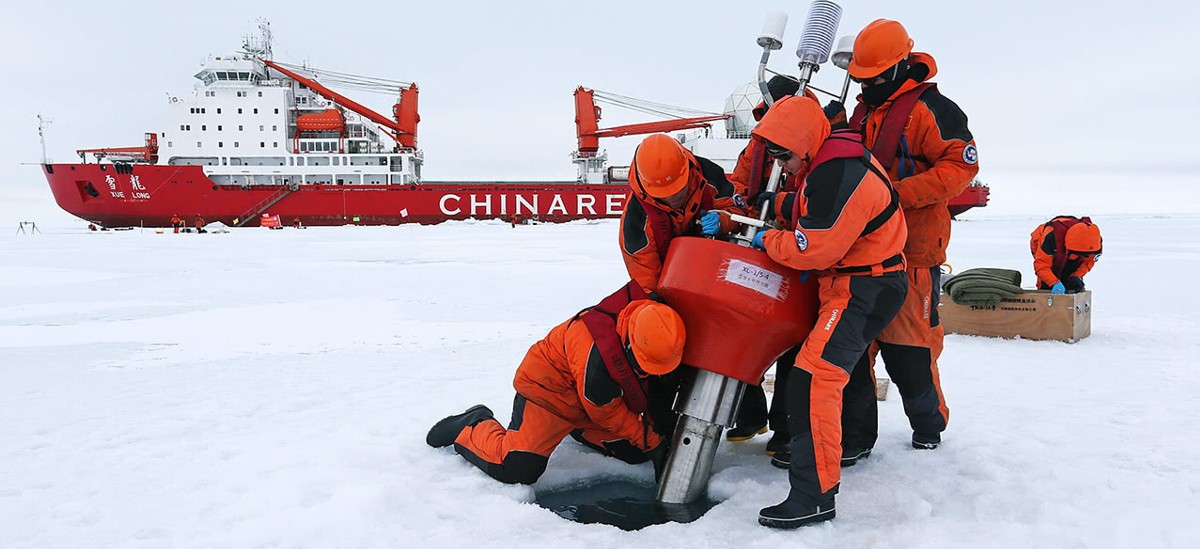Canada has unveiled a comprehensive Arctic strategy to address escalating geopolitical tensions and the region’s rapid transformation due to climate change. According to the sources of Leaders, the 37-page policy, released Friday, outlines plans to bolster military and diplomatic efforts in the Arctic, citing rising security threats from Russia and China.
Addressing Geopolitical Threats
The strategy underscores increased Russian activity near North American airspace, including weapons testing and missile deployments in the Arctic capable of targeting both North America and Europe. China, too, has drawn attention for deploying dual-purpose vessels in the Arctic, collecting data under the guise of research while serving potential military purposes.
Foreign Minister Mélanie Joly acknowledged that while Canada has long sought cooperative Arctic management, existing frameworks are under strain. “The Arctic is no longer a low-tension region,” she said during a press conference.

Key Policy Initiatives
Canada’s Arctic strategy includes establishing consulates in Anchorage, Alaska, and Nuuk, Greenland, and appointing an ambassador to coordinate Arctic policies. Efforts will also focus on resolving territorial disputes, such as the boundary in the Beaufort Sea with the United States and the status of Hans Island with Denmark.
Military enhancements include plans to deploy new patrol ships, icebreakers, submarines, and drones capable of operating in harsh Arctic conditions. Indigenous communities, including the Inuit, Sami, and Chukchi, will play a key role in surveillance and defense activities, leveraging their deep knowledge of the region.
Climate Change and Economic Stakes
As per the reports of Leaders sources, the Arctic is warming four times faster than the global average, opening new shipping routes and resource exploration opportunities. Melting ice has made the region a geopolitical hotspot, with vast reserves of oil, gas, and critical minerals drawing interest from global powers.
China, despite being a non-Arctic nation, has been particularly active, advancing its “Polar Silk Road” initiative to secure shipping lanes and resources. The country’s Arctic policy, established in 2018, outlines goals to participate in the region’s governance and development. Meanwhile, nations like India, France, Germany, and the UK have also expanded their Arctic policies to capitalize on emerging opportunities.
Environmental and Security Concerns
The increased military presence and resource extraction activities pose risks to the Arctic’s fragile ecosystem. A 37 percent rise in Arctic shipping over the past decade has heightened the potential for oil spills, air pollution, and disruptions to marine life. Infrastructure development and military exercises further threaten species like polar bears and seals that depend on sea ice habitats.
Cooperative frameworks such as the Arctic Council, established in 1996, have historically managed regional stability. However, Russia’s invasion of Ukraine has strained these mechanisms, with seven-member states suspending cooperation with Russia in 2022.
Canada’s Arctic strategy reflects its commitment to safeguarding national security and environmental sustainability in an increasingly contested region. As the Arctic becomes a focal point for geopolitical rivalries and economic ambitions, balancing development with ecological preservation will remain a critical challenge.








